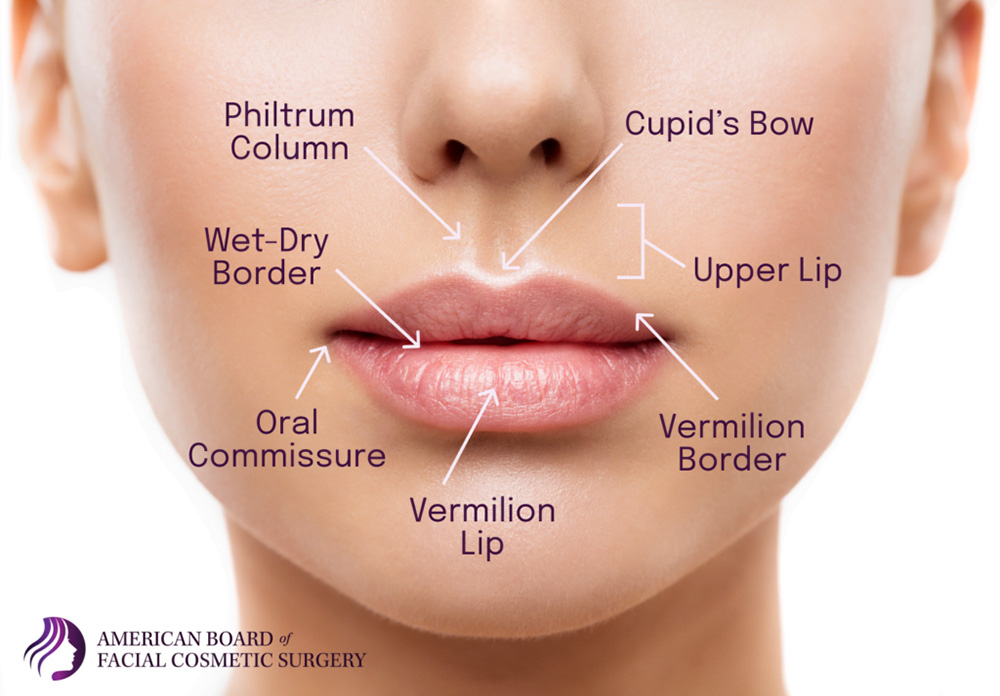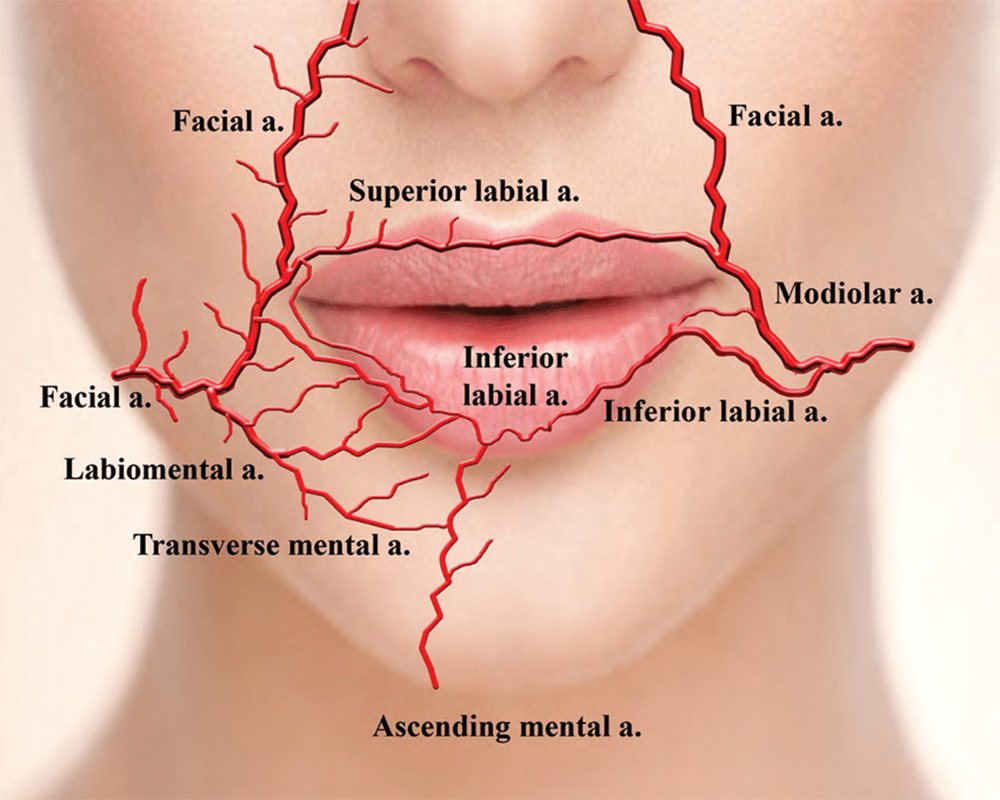
Successful lip augmentation is not just about artistic instinct. It’s a clinical procedure requiring in-depth anatomical expertise. An understanding of the lip’s layered structure, vascular supply, and aesthetic landmarks allows practitioners to enhance beauty while minimizing risk.
The best way practitioners can improve their expertise is through educational platforms like HubMed Ed that offer the Lip Enhancement Training Masterclass and other professional courses for mastering lip filler techniques. These resources help improve skill, safety, and confidence in clinical practice.
Key Takeaways
- Knowledge of lip anatomy reduces complications and supports patient safety.
- Understanding high-risk zones helps avoid vascular occlusion.
- Lip zones such as the vermilion border and oral commissures are essential for aesthetics.
- Arterial variations demand cautious and informed injection techniques.
- Education remains the cornerstone of safe, successful results.
Why Lip Anatomy Matters for Injectors?
Lip injections are among the most requested aesthetic treatments, yet they come with one of the highest risks of complications. Accurate knowledge of the anatomy of the lips improves both aesthetic outcomes.
From a safety standpoint, anatomy plays a central role in avoiding adverse events such as vascular occlusion, embolism, or asymmetry. Misplaced filler in an artery can lead to necrosis or even blindness. Proper injection technique rooted in anatomical precision significantly reduces this risk and builds trust between the practitioner and patient.

Key Lip Zones and Aesthetic Landmarks
Several aesthetic zones define the beauty and symmetry of lips. Understanding these areas is critical for effective lip augmentation:
- Vermilion border: The distinct margin between lip skin and vermilion body, crucial for lip shape and contour. Restoration enhances youthful definition.
- Cupid’s bow and philtral columns: Central lip features that convey femininity and youth. Precise shaping here is key to natural appearance.
- Vermilion body: The fleshy portion of the lips, responsible for volume and projection. Bulk filler placement is typically done here.
- Oral commissures: Corners of the mouth often sag with age. Supportive techniques improve facial expression and reduce a downturned look.
- White roll: A subtle elevation above the vermilion border, restoring this feature provides crisp lip framing and accentuates shape.
These landmarks guide injectors in customizing treatment to match facial proportions and patient preferences.
Vascular Pathways in the Lips
The lips are among the most vascularized facial areas, making a clear understanding of blood supply essential. The superior and inferior labial arteries, branches of the facial artery, form the primary arterial network. They run within or just beneath the wet-dry border of the lip, with some anatomical variability.
Venous drainage mirrors the arterial course, with interconnected veins surrounding the mouth and philtrum. Near the oral commissures, arteries can course more superficially, increasing risk during injection.
One of the main vascular occlusion lip filler causes is inadequate anatomical knowledge. Completing aesthetics complications training courses helps practitioners stay vigilant and responsive to vascular compromise.

High-Risk Anatomical Zones for Injection
Understanding high-risk areas in lip injections is crucial for preventing ischemia, asymmetry, and long-term tissue damage. Certain lip regions are particularly prone to complications due to dense vascular structures or poor tissue mobility:
- Philtral columns and Cupid’s bow: Dense with vessels and nerves, this area requires low-volume, precise application to avoid intravascular placement.
- Oral commissures: Rich in branching arteries and tethered soft tissue. Over-injection may lead to ischemia or contour deformities.
- Midline of the lips: A bolus here risks compressing both arterial and venous pathways.
- Scar tissue zones: Often found in patients with previous trauma or surgery. Filler may spread unpredictably due to fibrosis or altered vascular anatomy.

Injection Planes and Safety Techniques
Safety starts with choosing the right injection plane. For definition, superficial dermal or submucosal placement is ideal. For structural support, especially in areas like the marionette lines or chin, preperiosteal placement ensures durability and stability.
Safe injection technique includes:
- Injecting small aliquots (0.01-0.02 mL) slowly.
- Using blunt-tip cannulas in high-risk areas to reduce vascular injury.
- Always aspirating before injecting.
- Keeping hyaluronidase readily available for emergency use.

Recognizing Vascular Compromise
Vascular occlusion is rare but serious. Prompt recognition and intervention are crucial to avoid tissue necrosis or long-term damage. Early signs include:
- Blanching or whitening of the skin.
- Sudden, intense pain.
- Mottling or duskiness.
- Skin temperature drop or coolness.
If these symptoms appear, stop injecting immediately, massage the area, apply warm compresses, and administer hyaluronidase. Patients should be educated to recognize delayed signs such as persistent pain, discoloration, or visual disturbances, and instructed to seek urgent medical attention.
Common Side Effects of Lip Fillers
Most patients experience mild, expected side effects post-procedure:
- Swelling, redness, and tenderness at the injection site.
- Bruising, especially in highly vascular zones.
- Temporary asymmetry or lumpiness, often resolving spontaneously within days.
- Itching or mild irritation, particularly in patients with sensitive skin.
- Tightness or stiffness of the lips during movement, typically improving within a few days.
- Dryness or peeling as the lips adapt to filler volume and hydration balance.
In rare cases, patients may develop an allergic reaction to lip filler or lip filler nodules, requiring clinical follow-up and tailored treatment.
Managing Risks and Potential Complications
Despite best practices, complications can occur. Clinicians must be equipped to manage:
- Asymmetry or irregular contours: Gentle massage or scheduled touch-up.
- Vascular occlusion: Immediate hyaluronidase, warm compress, and manual massage.
- Infection or biofilm formation: Antibiotics or targeted therapy.
- Nodules/granulomas: Dissolution with enzyme or corticosteroid treatment.
- Vision loss (rare): Immediate emergency referral to ophthalmologist.
Practitioners must explain risk-benefit profiles, establish realistic expectations, and maintain clear emergency plans. Providing reassurance about protocols in place enhances patient confidence.

In Conclusion
A strong knowledge of lip anatomy, from zones and vessels to danger areas, is the foundation of safe, effective aesthetic practice. With this lip filler anatomy guide and a deeper understanding comes not only fewer complications but greater precision, artistry, and patient satisfaction.
To elevate your clinical confidence and results, explore complete expert-led aesthetic medical training and hands-on lip filler training. Staying anatomy-informed isn’t just best practice- it’s the foundation of safety and beautiful, lasting results.
FAQs
What do I need to be a lip injector?
To become a lip injector, you typically need to be a licensed medical professional (doctor, nurse, or dentist) with training in facial anatomy and injectable techniques. Completing certified aesthetic training programs enhances your qualifications.
What is the hardest lip shape for fillers?
Asymmetrical lips or those with significant volume loss can be the most challenging to treat. These cases often require advanced techniques and multiple sessions to achieve natural balance.
Which lip filler migrates the least?
Fillers with higher G’ (elasticity) and cohesive properties, such as those formulated specifically for lips, are less prone to migration. Proper technique and placement also reduce this risk.
What is the Russian lip filler technique?
The Russian lip filler technique involves vertical injections to lift the lip height without adding too much projection. It creates a heart-shaped look and requires precise anatomical knowledge for safety and symmetry.
How do I avoid lip filler migration?
To avoid lip filler migration, practitioners should use an appropriate filler type, avoid overfilling, and inject at the correct anatomical depth. Mastery of technique and understanding lip anatomy are critical to minimizing the risk of migration.
References:
- Silva De Lima A. Understanding the anatomy of the lips and its relationship with needle and cannula filling procedures. Acta Scientific Medical Sciences. 2023;7(9). doi:10.31080/ASMS.2023.07.1655. https://www.researchgate.net/publication/374387990_Understanding_the_Anatomy_of_the_Lips_and_its_Relationship_with_Needle_and_Cannula_Filling_Procedures
- Foutsizoglou S. Anatomy of the ageing lip. PMFA News. 2017;4(2). https://www.thepmfajournal.com/features/post/anatomy-of-the-ageing-lip
- Wu W-T, Chang K-V, Naňka O, Chang H-C, Ricci V, Mezian K, Özçakar L. Lip sonoanatomy and relevance to aesthetic filler injections: a pictorial review. J Cosmet Dermatol. 2025;24(4):e70164. doi:10.1111/jocd.70164. https://onlinelibrary.wiley.com/doi/10.1111/jocd.70164?af=R
- Hong G-W, Choi W, Yoon S-E, Wan J, Yi K-H. Anatomical-based diagnosis and filler injection techniques: lips and philtrum. Life. 2025;15(2):315. doi:10.3390/life15020315. https://www.mdpi.com/2075-1729/15/2/315
Disclaimer:
This article is intended for licensed medical professionals. All protocols, dosages, and treatment insights referenced herein are based on published literature. The content is not intended to encourage application, diagnosis, or self-treatment of unlicensed individuals, and should not be used as a substitute for the clinical judgment of a qualified healthcare provider.

